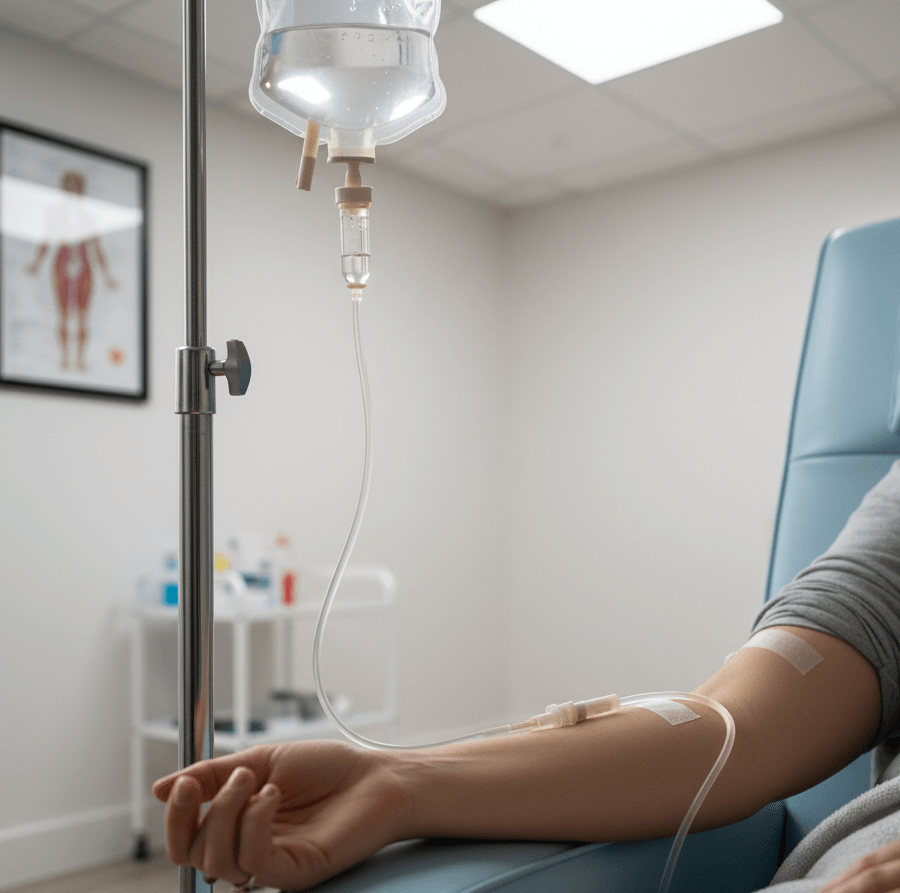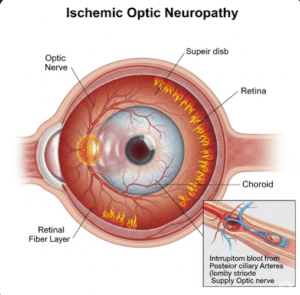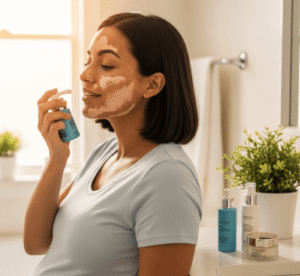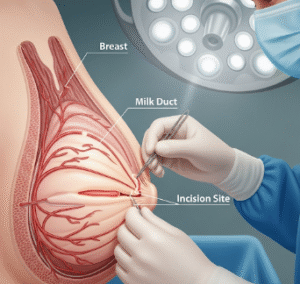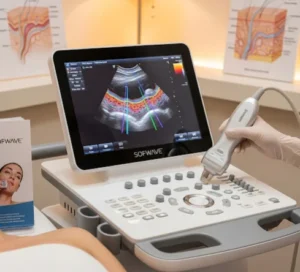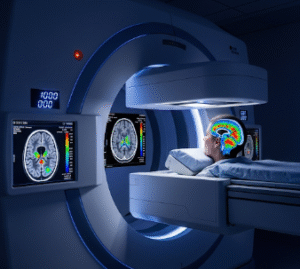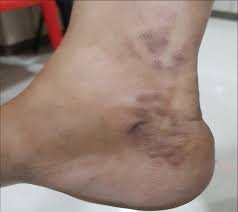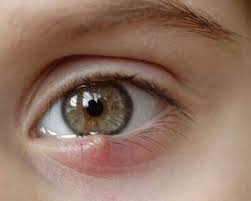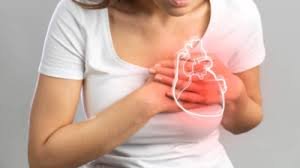What it is
A hydration drip is a treatment where fluids, electrolytes, and nutrients are delivered directly into the bloodstream through an intravenous (IV) line. Unlike drinking water or sports drinks, a hydration drip provides immediate and efficient absorption, bypassing the digestive system.
In Korea, hydration drips are available not only in hospitals for medical purposes but also in wellness and beauty clinics. Many Korean clinics enhance hydration drips with vitamins, antioxidants, and anti-aging boosters to support overall health, beauty, and recovery.
➡ Highlights:
• Fast absorption for quick rehydration
• Used for both medical recovery and wellness improvement
• Popular in Korean clinics for skin and energy benefits
Why it’s done
Hydration drips are used for a variety of reasons, ranging from treating dehydration to enhancing wellness.
➝ Medical purposes:
- Replenishing fluids after illness, fever, or food poisoning
- Supporting recovery after surgery or medical procedures
- Treating dehydration from heat, exercise, or vomiting
➝ Wellness and lifestyle purposes:
- Boosting energy for fatigue, stress, or travel recovery
- Improving skin glow and hydration levels
- Supporting the immune system with nutrient-enriched drips
- Hangover relief, very popular in Korea’s nightlife districts
Alternatives
Hydration drips are effective, but alternatives exist:
• Oral hydration: Drinking water or electrolyte drinks (slower absorption)
• Oral supplements: Vitamins or electrolyte powders (less efficient)
• Dietary hydration: Fruits, vegetables, soups, and smoothies (gradual effect)
• Intramuscular injections: Nutrient injections into muscles (less rapid than IV)
A hydration drip is preferred when fast results are needed, especially if oral hydration isn’t effective.
Preparation
To prepare for a hydration drip, some basic steps should be followed:
✅ Consultation: A doctor or nurse checks medical history and hydration needs
✅ Avoid heavy meals: A light stomach helps avoid nausea during infusion
✅ Inform about medications: Important to prevent nutrient or drug interactions
✅ Personalization: In Korea, clinics often create customized drip formulas based on whether the goal is energy, skin, or recovery
How it’s done
The hydration drip procedure is simple, safe, and usually takes 30–60 minutes.
➝ A nurse inserts a small IV needle into the arm after cleaning the area
➝ The hydration drip bag is connected, and fluids flow slowly into the bloodstream
➝ The flow rate is controlled for comfort and effectiveness
➝ Patients typically sit or recline comfortably, sometimes in spa-like wellness centers in Korea
Important: Hydration drips must be performed by trained medical professionals to avoid risks such as infection or vein irritation.
Recovery
Recovery from a hydration drip is immediate, and many people feel the effects right away.
✔️ Immediate benefits: Better hydration, improved energy, sharper focus, brighter skin
✔️ No downtime: Patients can return to daily activities right after
✔️ Mild side effects: Slight bruising, cool sensation in the arm, or minor discomfort at the injection site
✔️ Follow-up care: Drink water and rest if recovering from illness, exertion, or alcohol-related dehydration
Treatment options in Korea
Korea is known for its modern medical care and cutting-edge wellness culture, making hydration drips widely available.
➡ Hospitals and medical centers: Used for patients recovering from dehydration, illness, or surgery
➡ Wellness clinics: Provide hydration drips with vitamin blends for energy, skin glow, or immunity
➡ Beauty centers: Offer skin-focused drips that improve hydration, radiance, and anti-aging
➡ Hangover recovery clinics: Very popular in nightlife districts like Seoul’s Gangnam and Itaewon, offering fast recovery drips
➡ Highlights of Hydration Drips in Korea:
• Accessible everywhere from hospitals to wellness lounges
• Strong focus on beauty and anti-aging benefits
• Customized formulas for energy, immunity, or skin goals
• Safe and effective under professional medical supervision

